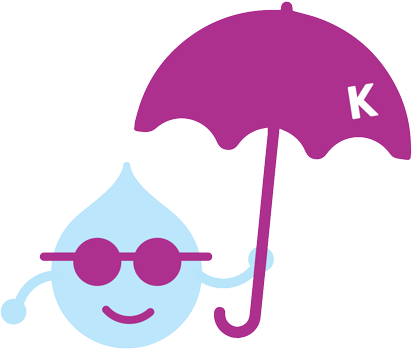Newborn and baby diaper rashes
Contact dermatitis
Newborn diaper rash is usually contacted dermatitis. When urine and stool come in contact with the skin it can become irritated and inflamed. This is very common in infants. You’ll notice redness where the skin touches the diaper, with sparing of the skin in the creases that do not come in contact with the diaper. Sometimes children will also develop ulcerations.
I suggest applying thick layers of zinc oxide cream (like icing on a cake), with the highest percentage of zinc you can find. When the baby stools, gently wash away the stool and apply more cream.
The goal is to avoid seeing the irritation on the bum as it should be generously coated. I also avoid using diaper wipes, which often have alcohol in them, as these can be irritating to the skin as well. When the contact dermatitis is present, I suggest using water and a face cloth to clean the diaper area instead.
I don’t like using cornstarch for diaper rash as this may lead to yeast growth (see below). Similarly, I don’t recommend using baby powder on diaper rashes as this can be inhaled into the baby’s lungs, causing irritation.
Yeast Infection (candida)
When there is a breakdown of the skin as with contact dermatitis, yeast, which lives all over our bodies, can cause infection. Yeast loves warm moist regions of the body, such as the diaper area. Recent antibiotic use can also increase the risk for yeast infection. These rashes typically look like red dots that are scattered away from the periphery of the rash. This rash usually involves the skin creases. You may notice that this rash is not responding to treatment for contact dermatitis, as listed above. Seeing your doctor can help with the diagnosis.
For treatment, follow the same instructions as for contact dermatitis, with the addition of an antifungal topical preparation, such as Canestan. Sometimes an added topical steroid cream can decrease the discomfort associated with the rash.
Bacterial Infection
As our skin has natural bacteria on it, a break in the skin, such as with contact dermatitis, can lead to bacterial infection.
These rashes look like small pimple-like lesions with lots of redness and sometimes blisters. If you suspect a bacterial infection, please see your doctor.
Treatment – a topical or oral antibiotic may be necessary.
Prevention
The best method to avoid diaper rashes is to change your baby’s diaper regularly. This is especially true when they are stooling frequently or lying in the same diaper for long stretches (such as at night).
Applying a petroleum or non-petroleum jelly or zinc oxide cream as a barrier can prevent the contact of stool and urine with the skin. Leaving the diaper off at times, allowing the skin to dry can also be helpful in preventing and treating irritation. Some evidence shows that babies who wear cloth diapers, which are less absorbent than disposable diapers, are more likely to get diaper rashes.
These babies may avoid rashes by wearing disposable diapers, particularly when sleeping for long periods of time. If your baby has a persistent or worsening diaper rash, please see your doctor to ensure no other medications are required.
































